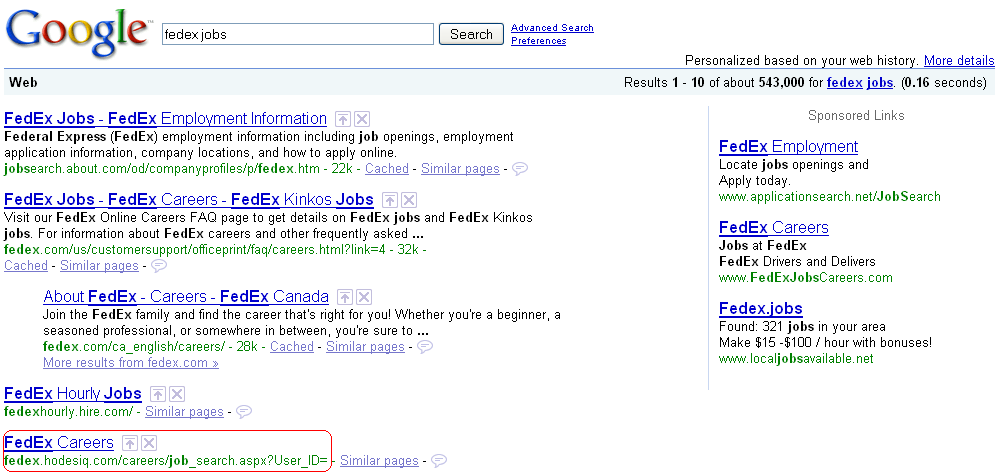Recruiting the Brand
In the annals of corporate retail brands the name 'Air Jordan' resonates. The iconic basketball shoes named after the legendary NBA star Michael Jordan have endured for over 25 years. Air Jordan I
Air Jordan I
The first pair of Air Jordans debuted in 1985 and immediately became a market sensation, racking up tremendous sales and spawning dozens of updated versions, which Nike continues to release today.
Fast forward to 2009, MJ the legend is out of the game, but his and the Air Jordan brand's influence on the game continues, sometimes in unexpected and not so positive ways.
Jordan's son Marcus, himself also a basketball player was recruited to play college basketball at the University of Central Florida (UCF). Marcus accepted the scholarship offer from UCF and is set to begin his college basketball career this Fall.
There was one stipulation from Marcus (and the Jordan family), he would be allowed to wear a current version of the NIke Air Jordan brand shoes for practices and games. Seems like a reasonable request, if your dad is Michael Jordan you probably should wear Air Jordan gear. You have to promote the family brand, right?
But the folks at UCF have run into a little problem. The school has a $3,000,000 deal with the rival shoe company Adidas that stipulates that all UCF athletes will compete in Adidas clothing and shoes. The company and UCF are in negotiations to resolve these issues, but as of yet have not reached an agreement.
Marcus, naturally insists one wearing the Air Jordans, and while it is likely that the worst outcome is that UCF will have to pay for all the apparel and shoes for its teams for one year (the current contract with Adidas is set to expire in 2010), there could be more significant repercussions, as Nike has not shown interest in taking over the school's contract which could leave UCF left out of the lucrative 'shoe sponsorship' game for some time.
Whether it is a college recruiting an athlete or a company recruiting a new employee, everyone entering the organization brings with them their experiences, their skills, and more and more their 'personal brand'. While in the corporate recruiting world, you are not likely to have a candidate demanding to were a particular shoe, it is increasingly likely that a candidate may have a 'brand' of some kind. Their brand may be expressed with a blog, website, an event they sponsor or speak at, an online radio show, or even some 'on the side' work they do.
Managing the tension and potential conflict between candidates (and even employees) personal activities and brands and the goals and brands of the organization is likely to become a more important skill for companies and managers. When you are recruiting a new candidate into the organization be aware of their brand and how that might impact the potential employment relationship.
If the employee has a personal blog, will you encourage them to continue? Or will you try and absorb the blog and ask the employee to 're-brand' to serve more direct company goals?
If they have a personal Facebook fan page or Twitter accounts with thousands of fans and followers will you try to 'co-opt' this for company benefit?
If the candidate or employee is well-known and speaks at multiple events will you support that, or immediately get caught up in attendance, vacation, and expense policies?
Individuals are forced to be far less reliant on organizations for stable employment that many simply must establish their own personal professional identies. How well companies manage this tension going forward could be a significant factor in attracting and leveraging top talent.
While you ponder these questions - a look back at a classic Air Jordan promo:

 Steve
Steve







